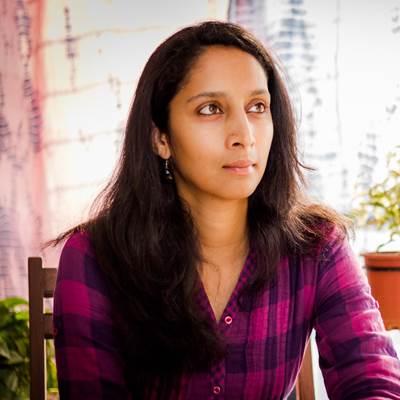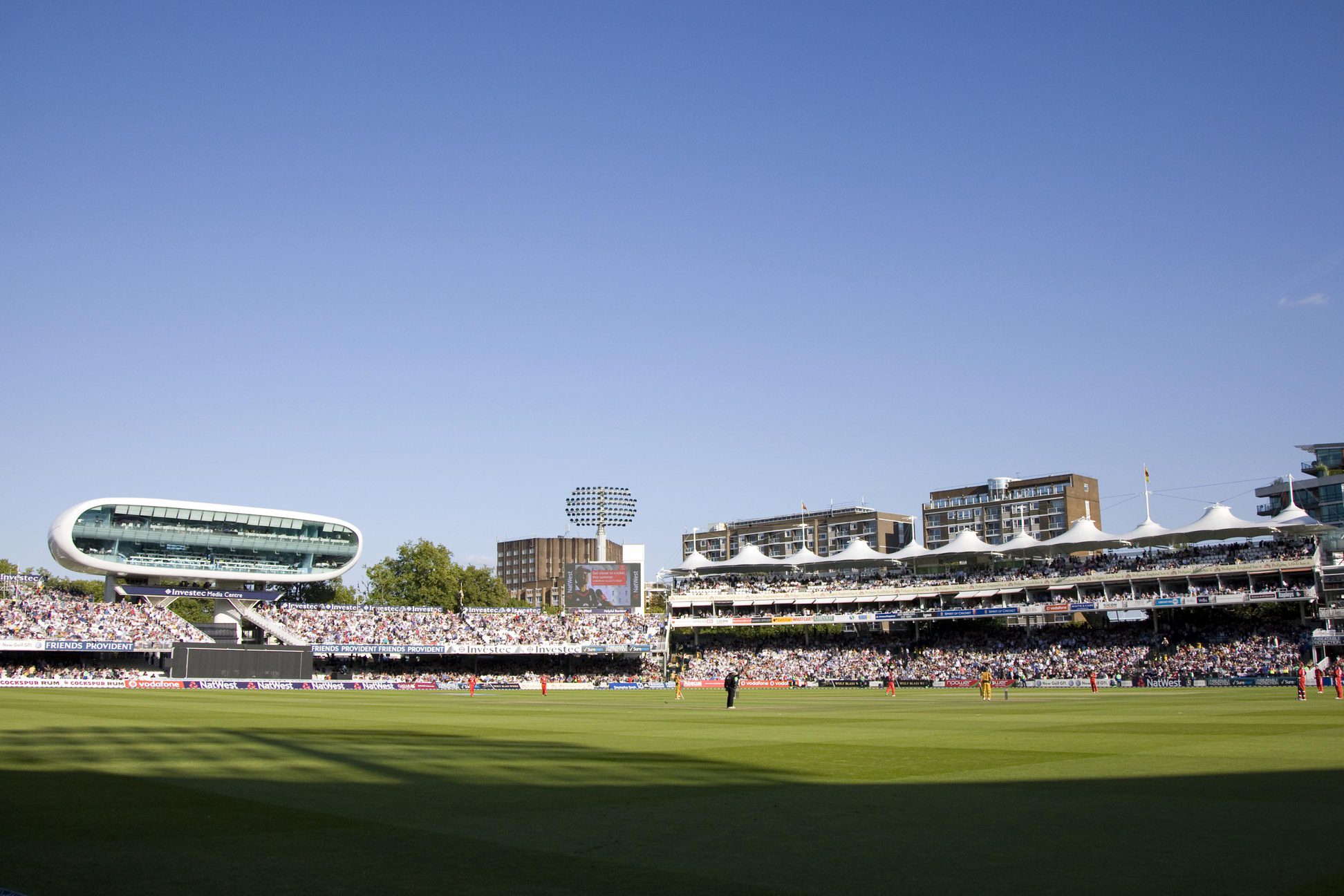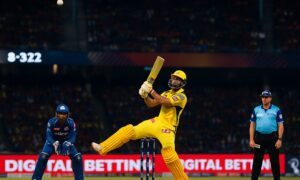Women’s cricket in India has undergone a remarkable transformation in recent years. From being a sport played in the shadows to becoming a platform for national pride and individual achievement, the journey of women’s cricket in India is both inspiring and exciting. This article explores the growth of women’s cricket in India, examining its history, challenges, recent successes, and future prospects.
The Early Days of Womens Cricket in India
Women’s cricket in India has a history that stretches back several decades, but for many years, it remained largely unrecognized and underfunded. The Women’s Cricket Association of India (WCAI) was formed in 1973, marking the first organized effort to promote women’s cricket in the country. However, progress was slow, and women cricketers faced numerous challenges, including lack of facilities, limited funding, and societal prejudices.
Despite these obstacles, pioneering women cricketers like Shantha Rangaswamy, Diana Edulji, and Mithali Raj paved the way for future generations. These early players showed immense dedication and skill, often playing in difficult conditions and with minimal support. Their perseverance laid the foundation for the growth that was to come in later years.
A Turning Point Merger with BCCI
A significant milestone in the development of women’s cricket in India came in 2006 when the WCAI merged with the Board of Control for Cricket in India (BCCI). This merger brought women’s cricket under the umbrella of India’s most powerful cricket body, leading to improved funding, better facilities, and increased visibility for the women’s game.
The BCCI’s involvement led to several positive changes. Women cricketers began receiving central contracts, ensuring financial stability. The national team started getting more opportunities to play international matches, both at home and abroad. Additionally, the BCCI initiated efforts to develop a stronger domestic cricket structure for women, which was crucial for nurturing talent at the grassroots level.
Recent Successes on the International Stage
In recent years, the Indian women’s cricket team has achieved remarkable success on the international stage, significantly boosting the sport’s popularity in the country. The team’s performance in global tournaments has been particularly noteworthy.
In 2017, the Indian women’s team reached the final of the ICC Women’s World Cup, capturing the nation’s attention. Although they narrowly lost to England in the final, their journey throughout the tournament was followed by millions of Indians. The performances of players like Harmanpreet Kaur, who’s unbeaten 171 against Australia in the semi-final became the stuff of legend, inspired a new generation of cricket enthusiasts.
The team’s success continued in subsequent years. They reached the final of the T20 World Cup in 2020, further cementing their status as one of the top teams in women’s cricket. These achievements have not only raised the profile of women’s cricket in India but have also led to increased media coverage and fan following.
Domestic Cricket and Talent Development
The growth of women’s cricket in India is not limited to the national team’s success. Significant strides have been made in developing a robust domestic cricket structure for women. The BCCI has introduced several tournaments at different levels, providing more opportunities for women cricketers to showcase their skills and gain competitive experience.
The Senior Women’s One Day League and the Senior Women’s T20 League are now regular fixtures in the domestic calendar. These tournaments have become breeding grounds for new talent, allowing young players to test their skills against established stars. The introduction of the Women’s T20 Challenge in 2018, often referred to as the “Women’s IPL,” has been another significant development. This tournament, featuring top Indian and international players, has provided a platform for Indian women cricketers to play alongside global stars, enhancing their skills and exposure.
Moreover, there has been an increased focus on age-group cricket for girls. Under-16 and Under-19 tournaments are now organized regularly, ensuring a steady pipeline of talent for the senior team. These initiatives have led to the emergence of young stars like Shafali Verma, who made her international debut at just 15 years old and has since become one of the most exciting prospects in world cricket.

Challenges and Areas for Improvement
While the growth of women’s cricket in India has been impressive, several challenges remain. One of the primary issues is the need for greater investment in infrastructure and grassroots development. While facilities have improved in urban areas, many smaller towns and rural areas still lack proper cricket grounds and training facilities for women.
Another challenge is the need for more consistent media coverage and marketing of women’s cricket. While major tournaments receive attention, regular series and domestic matches often struggle for visibility. This impacts not only the sport’s popularity but also the potential for women cricketers to build their personal brands and attract sponsorships.
There’s also a need for more women in coaching and administrative roles in Indian cricket. Having more women in decision-making positions could lead to policies and initiatives that better address the specific needs of women cricketers.
The Future of Womens Cricket in India
Despite the challenges, the future of women’s cricket in India looks bright. The success of the national team has sparked interest among young girls across the country. Cricket academies report an increase in the number of girls enrolling, indicating a growing talent pool for the future.
The BCCI has announced plans to launch a full-fledged Women’s Indian Premier League (WIPL) in the near future. This tournament, similar to the men’s IPL, could be a game-changer for women’s cricket in India. It would provide a high-profile platform for Indian women cricketers, attract international stars, and potentially generate significant revenue for the development of women’s cricket.
There’s also growing recognition of women’s cricket at the policy level. The Indian government’s ‘Khelo India’ initiative includes women’s cricket, providing additional support for talent identification and development.

As Snehal Pradhan, a former India cricketer turned commentator, noted in an interview with The New Indian Express, “The trajectory of growth for women’s game is all pointing upwards.” This optimism is shared by many in the cricketing fraternity, who believe that women’s cricket in India is on the cusp of a major breakthrough.
The rise of women’s cricket in India is more than just a sporting story; it’s a narrative of social change, empowerment, and breaking barriers. As more young girls take up cricket, inspired by the likes of Mithali Raj, Jhulan Goswami, and Smriti Mandhana, they’re not just pursuing a sport – they’re chasing dreams and challenging societal norms.
The growth of women’s cricket in India has been remarkable, but it’s clear that this is just the beginning. With continued support, investment, and the passion of players and fans alike, women’s cricket in India is poised to reach new heights, inspiring generations and changing the face of Indian sports.
Are you willing to be a part of the positive change in cricket?






